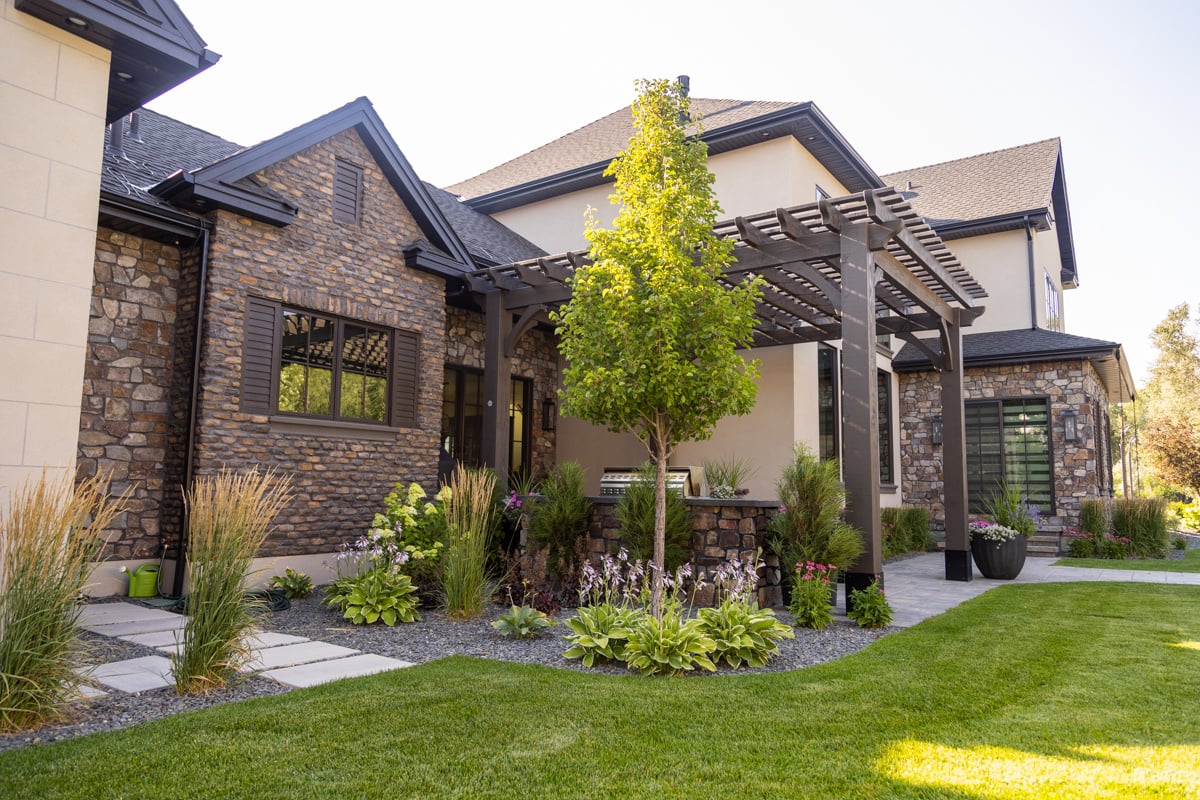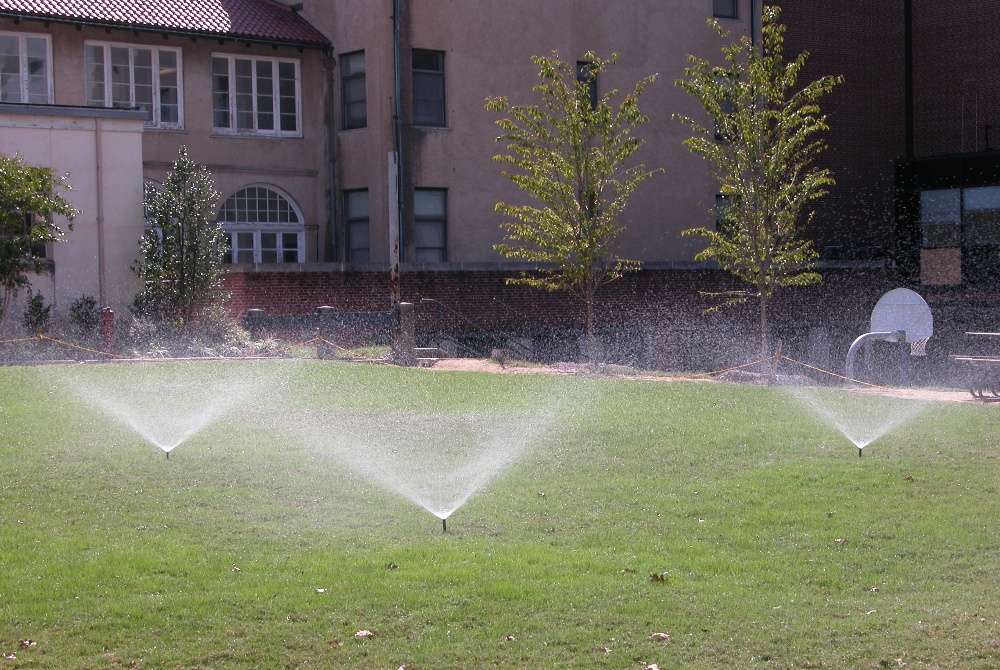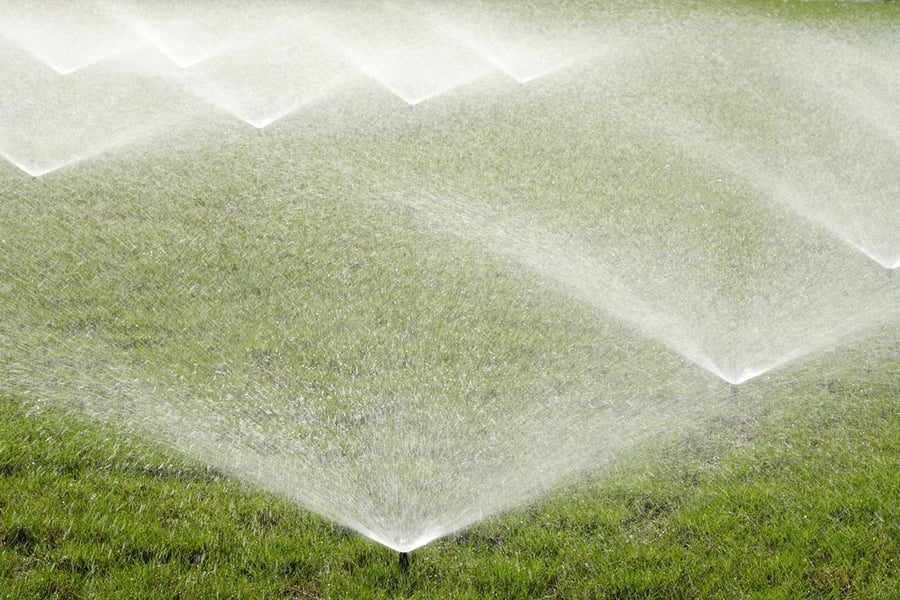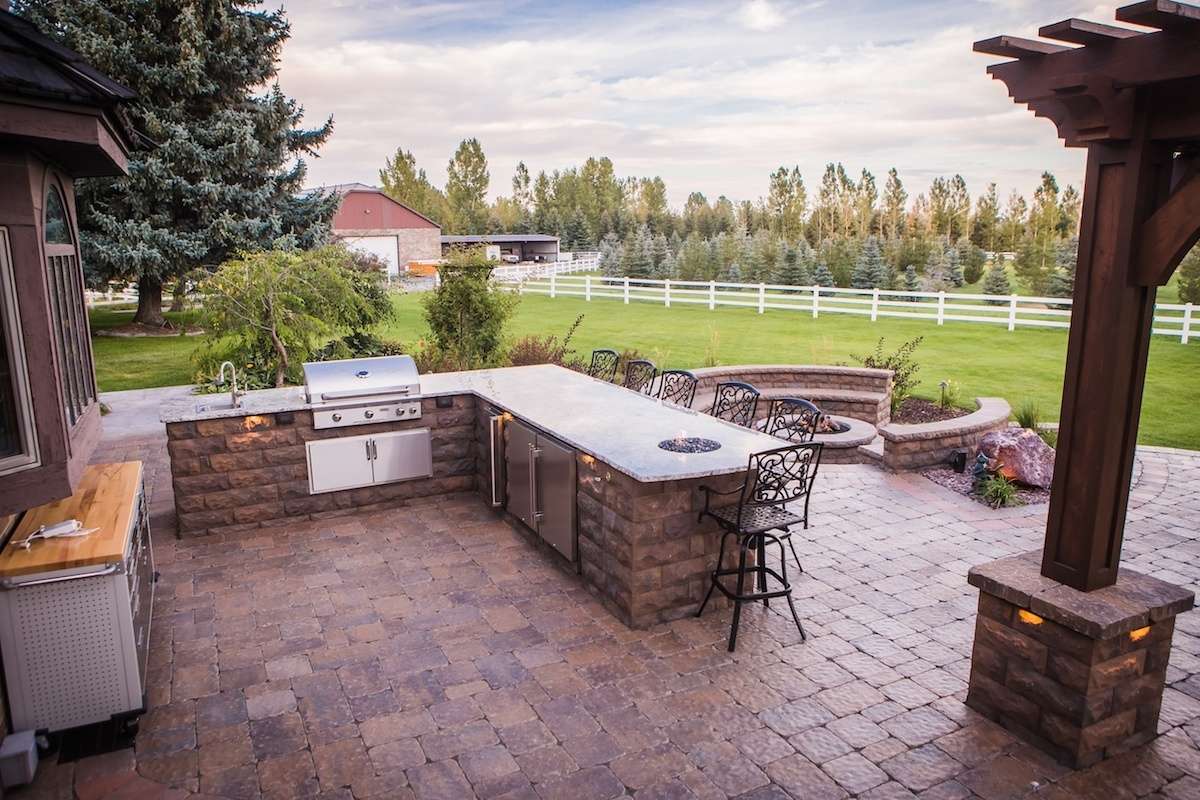

Sprinkler System Troubleshooting — 5 Signs Of A Faulty System
We all know that feeling of turning something on, only to find out it isn’t working. It’s especially frustrating if you have no idea what’s wrong with it.
So if you turn on your sprinkler system and it isn't working right, you can try to troubleshoot the issue before it gets worse.
A broken or damaged sprinkler system can hike up your water bill and even damage your landscape and home if left unattended. So before summer gets into full swing, take the time to troubleshoot any potential irrigation problems.
Here are five things you should look for to figure out if your sprinkler system is faulty and needs repairs.
Sprinkler Controller Isn’t Working Properly
One of the first red flags you’re going to notice when you start your sprinkler system is if there’s a problem with the controller. It’s basically the brains of the whole operation, so you’ll want to get it fixed if it doesn’t turn on or is having other issues.
Before diving any further into the problem, first make sure your water is turned back on correctly. It could be that easy of a fix.
You should also check the transformer output to make sure it’s at the right level for your specific model. Make sure all of the wires going in and out of the irrigation controller are in good shape, as well.
Typically, most electrical issues happen in the yard inside the valve boxes themselves. These are more susceptible to the weather and damage than wiring at the controller. If you have multiple sprinkler valves that don’t work, you’ll want to check the common wire inside the valve box. If this is loose, then multiple valves will not turn on in that particular box.
Low or High Sprinkler Water Pressure
Do your sprinkler heads barely spray any water, or are they more like geysers spewing water everywhere?

When sprinkler heads don’t fully pop out of the ground or provide poor water coverage, it could be the result of low pressure.
For low water pressure, there are a few things you can do. First, make sure there’s not a blockage in the spray head or around it. If that’s not the case, you could have an underground leak that needs to be repaired. Sometimes this is caused by a broken head somewhere robbing pressure.
This could also be the result of lower water pressure in the neighborhood. If you are on a community well and 12 houses are built in a year, you may notice a drop in pressure.
A sign that your water pressure is too high is if the sprinkler heads are misting, instead of spraying a steady flow. Having consistently high water pressure can wear your system out more quickly.
You can install sprinkler heads that help regulate water pressure or pressure reducers on the valves. This will optimize spray, water usage, and evaporation.
Sprinkler is Stuck or Won’t Come Up
Another problem related to water pressure is when your sprinkler head doesn’t pop up when you turn the system on.
You may need to use a pressure gauge to see what the reading is for the water.
Another possible cause is that there is something physically keeping the head from coming up. Make sure there are no plant materials or dirt on top of the head. Usually debris like sand can cause them to stick.
Puddles on Lawn or Around Sprinkler
Unless you’re going for the marshy look, damp spots around your landscape aren’t good — especially when they appear after turning your sprinkler system on.
You could have a leak, high water pressure, heads that are installed too close together, poor drainage or maybe your watering schedule is out of whack.
Another tip for sprinkler system troubleshooting, adjusting your watering schedule to ensure you aren’t watering too often and grading areas for proper drainage will help you figure out if it’s an external or internal issue with your system.
If none of that helps, you’ll need to see if you can find the source of the leak.
If your property has hills or much of an elevation change, your system will drain to the lowest head and puddle after running. This can be solved by installing check valves at each head.
Uneven Spray Patterns
Do your sprinklers always miss the same spot, leaving it dry and brown? Or do multiple heads spray the same area relentlessly?
Having a thought-out spray pattern is key to having an efficient sprinkler system.
You can adjust the spray heads so that they reach the desired areas (and not things like sidewalks or driveways). Broken heads can also cause this issue, so they might need to be replaced.
When to Call a Professional for Sprinkler System Problems
There are some things you can do on your own if your sprinkler system is giving you a hard time, like removing dirt and debris from the spray head and maybe even replacing damaged heads.
But, there are certain tasks that can cause you to do more harm than good: fixing a damaged line, moving spray heads, updating your controller or changing your heads arc.
Instead of trying to troubleshoot your sprinkler system — and possibly damaging it further — turn to a professional.
At Outback Landscape, we have years of experience installing, maintaining and updating sprinkler systems throughout the Idaho Falls area.
We recommend sprinkler tune-ups and audits at least once a year to make sure your system is working correctly and efficiently. Here are some of the things we cover:
- Adjust run times
- Look for opportunities to update system and make it more efficient
- Inspect and adjust spray heads
- Check spray patterns
Performing regular sprinkler audits will help us catch potential problems before they become big, costly ones. It will also show us if there are ways to save you even more water (and money).
Now is the time to get your sprinklers checked out and up and running before the full heat of summer hits. And we can help with that.
Call us at 208-656-3220, or contact us online to see how we can repair and make your sprinkler system more efficient.
If You're Looking For a Sign, This is It.
Seriously, that lawn isn't getting any better on it's own. Mrs. Jones just called the HOA on you
.jpg?width=480&name=Chase%20Coates%20Team%20Portrait%202%20(2).jpg)
Chase Coates
Chase Coates is the owner of Outback Landscape in Idaho Falls, Idaho.


Brick Pavers vs Stamped Concrete: Pros, Cons, and Costs
.jpg)
